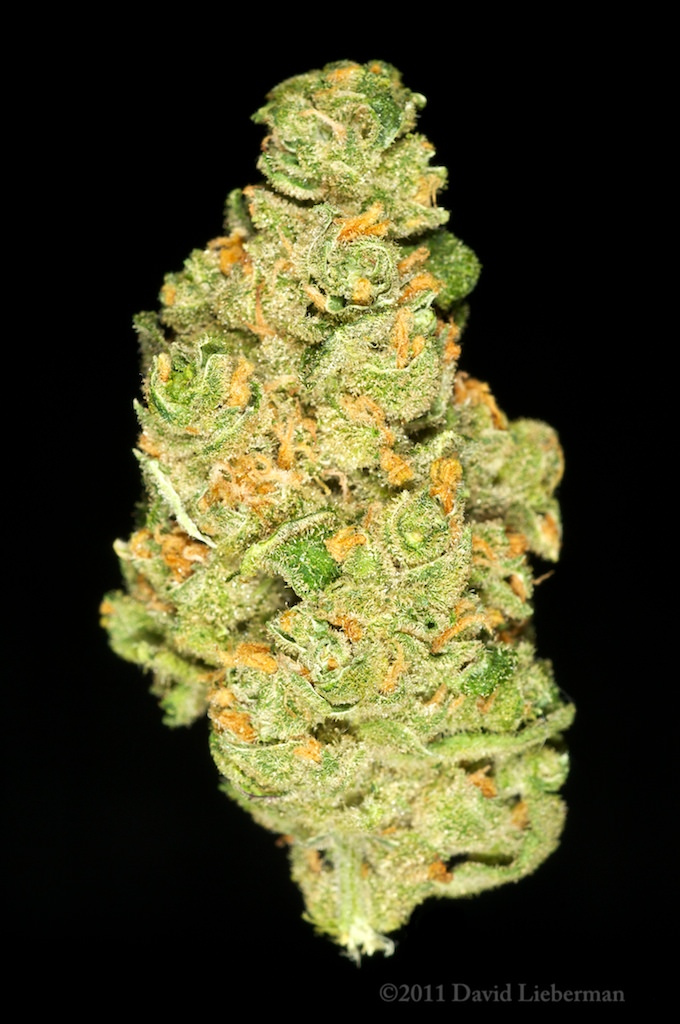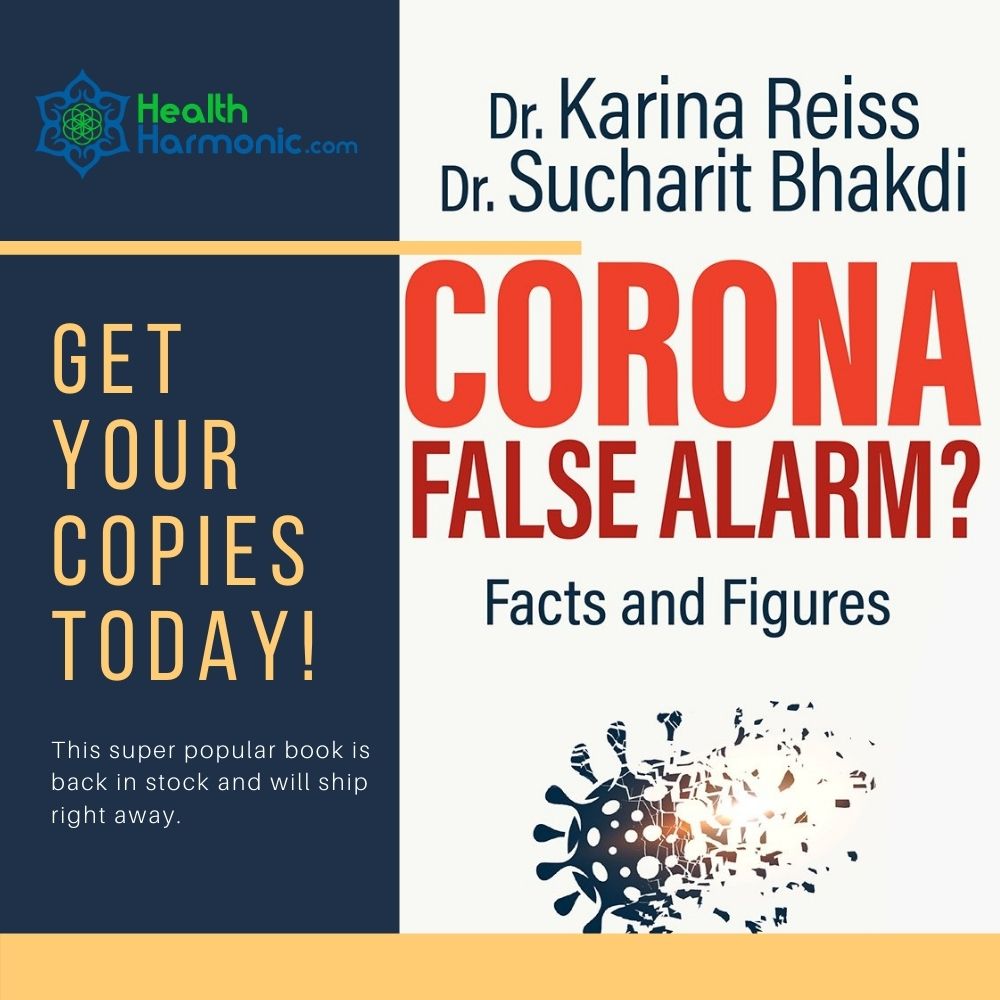
Despite what anti-cannabis lobbyists say, there is no denying the fact that cannabinoids are beneficial to the health. Cannabinoids, the active compounds of marijuana, offers powerful therapeutic properties that promote better health.

Unfortunately, medical marijuana is not legal in all US states and if this is the case, you'd be glad to know that there are other sources of cannabinoids other than marijuana. Other plants are packed with compounds that affect the endocannabinoid system, offering the same health benefits as medical marijuana
Coneflower – Echinacea
This plant is well-known for its ability to help the body fight off the common cold. It is also used to relieve anxiety, fatigue, migraines, and arthritis. Echinacea is a bit different than cannabis because it uses cannabimimetics instead of cannabinoids to engage the endocannabinoid system, particularly the CB2 receptor. Similar to THC in cannabis, the N-alkyl amides (NAAs) in echinacea are responsible for regulating the immune system, pain and inflammation.
2. Electric Daisy – Acmella oleracea
Native to the Amazon region, the electric daisy is used to create a painkilling gel. It successfully blocks pain receptors at nerve endings, as per trials conducted by Cambridge University. The compounds found the the electric daisy are called N-Isobutylamides, and similarly to other connabinoid-like compounds they regulate pain and inflammation. This natural remedy is emerging as a dental remedy for ailments such as impacted wisdom teeth.
3. Helichrysum umbraculigerum
Native to South Africa, this daisy has a strong mood-stabilizing and anti-depressant affect due to a large amounts of cannabigerol (CBG), also found in the cannabis plant.
Helichrysum has been studied by Italian natural product chemist Giovanni Appendino. He presented at the International Cannabinoid Research Society his discovery that cannabinoid-like compounds are made by plants, starting from an aromatic acid, which is different from the normal cannabinoid biosynthtic route. Helichrysum is used in African ritual ceremonies to make fumes with a potential psychotropic effect similar to other cannabinoids.
4. Liverwort – Radula marginata
This plant, indigenous to New Zealand, contains large amounts of perrottetinenic acid, which is strikingly similar to THC, the psychoactive component in cannabis. It is believed to bind with the CB1 receptors, just as THC, although liverwort is not known to have any psychoactive effects. What it is known for is its ability to treat bronchitis, and historically it has been used to alleviate gallbladder, liver, and bladder problems.
5. Cacao – Theobroma cacao
The cacao plant has many therapeutic properties and it is known to be a powerful, and delicious superfood. Cacao affects with the endocannabinoid system by deactivating the enzyme called FAAH, which typically breaks down the endocannabinoid known as anandamide. Since anandamide is identified to be the body’s natural version of THC, eating natural chocolate increases the amounts of anandamide in the brain because the FAAH enzyme is less active.
Image courtesy of: rastabagel






